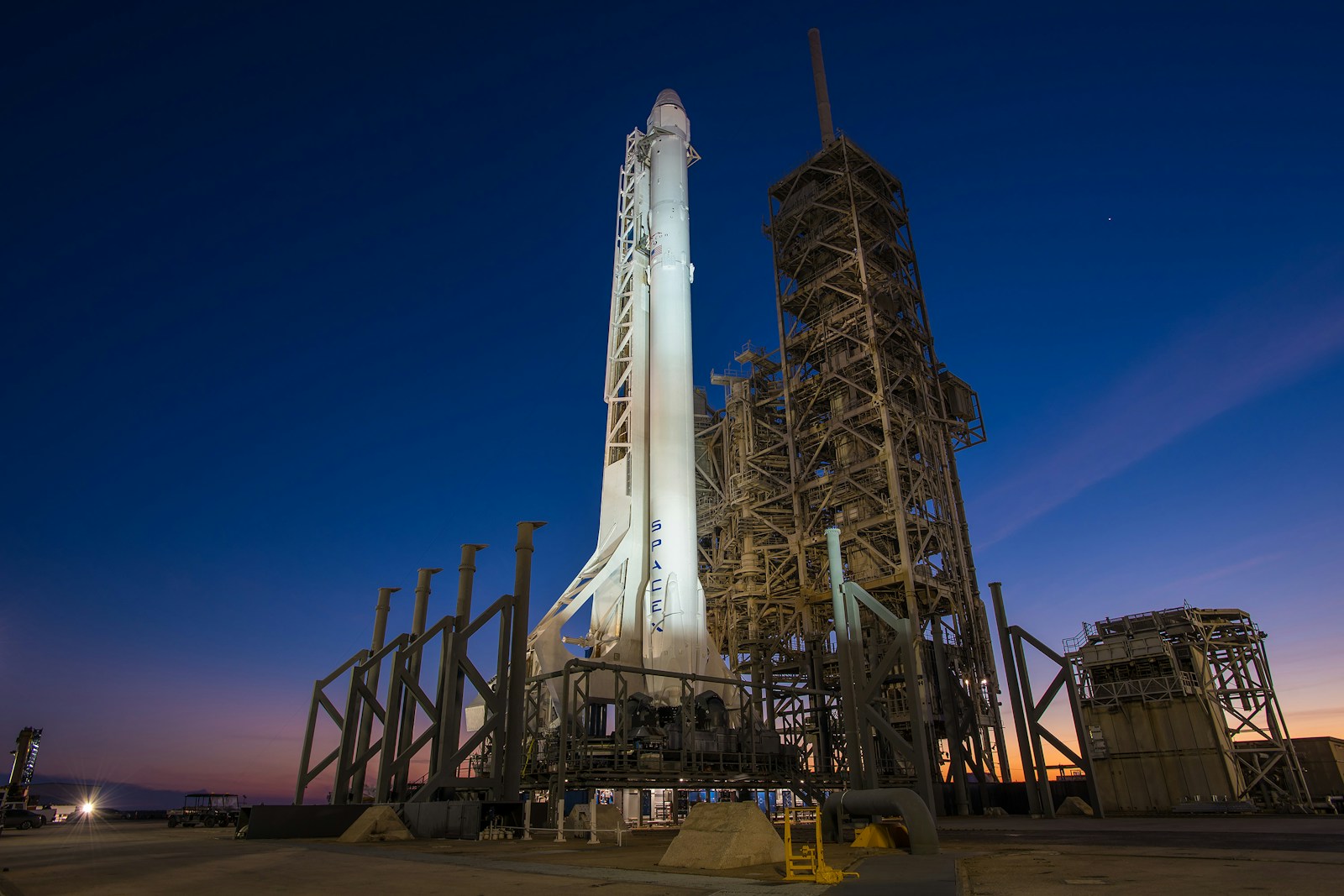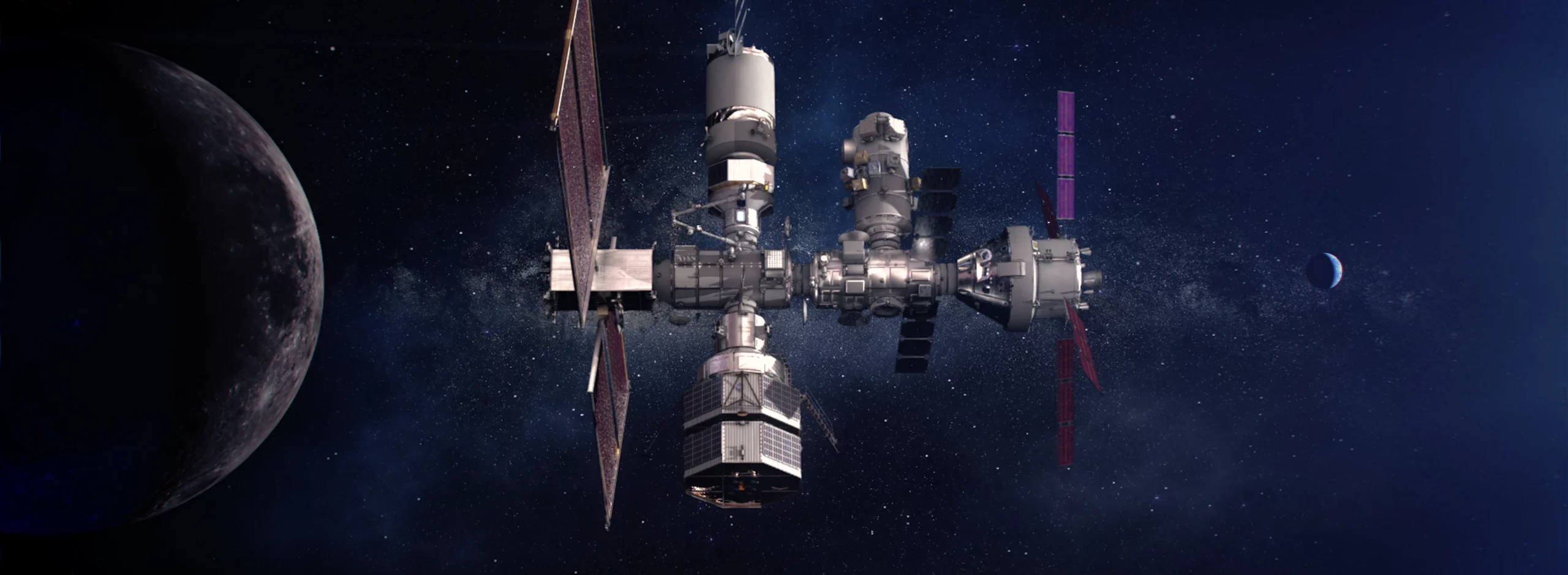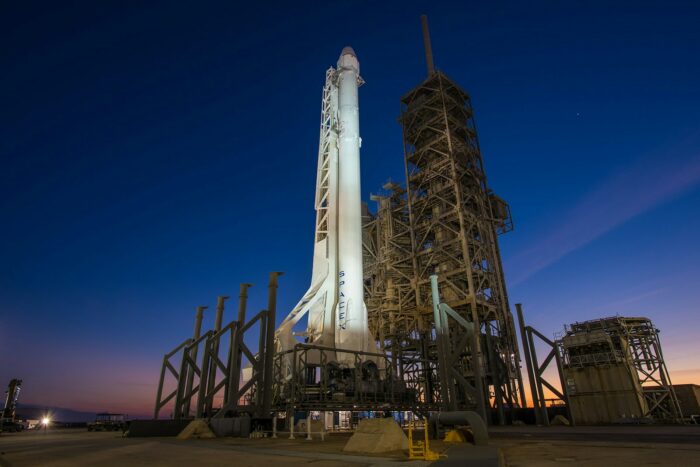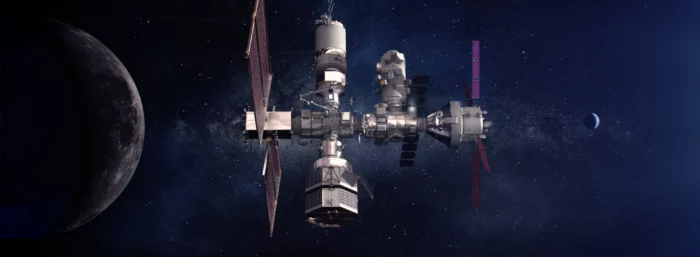By: Julia Seibert
It’s every rocketeer’s dream: to defy all odds, reach for the stars, and become the next SpaceX. Unsurprisingly, the industry teems with rocket startups hoping to leave their mark this way. By and large, though, today’s landscape is dominated by the heavyweights; the bulk of launches are still being done by governmental agencies or contractors, their resources and political importance far surpassing those of their younger peers. The one exception is SpaceX itself, whose technological leaps are upending the industry. But are its impacts enough to unsettle the veteran players?
Top 6 Rocket Manufacturers
SpaceX
- Location: US
- Founded: 2002
- Number of employees: 12,000+
- Revenues: $9 billion (during 2023)
- Profits: $3 billion (during 2023)
- LinkedIn: https://www.linkedin.com/company/spacex

There is every other rocket builder on the planet, and then there is SpaceX. Originally a tiny startup with ambitions far greater than its means, the company overcame the odds, the competition, and seemingly the laws of physics; its self-landing boosters, once thought a laughable dream, now allow its rockets to launch cheaper and more rapidly than its peers can imagine. The result: in 2023’s third quarter, SpaceX launched 381,278 kilograms in spacecraft to orbit (over 15 times that of the second-place winner, China’s state-owned contractor). But even though SpaceX’s Falcon 9 rockets now dominate the industry, the company has no plans of stopping. Its defining goal is to bring humans to Mars, and everything along the way is just a means to get there. That also includes its Starlink internet constellation, which SpaceX hopes will be its cash cow for financing development of its mega Mars rocket Starship and missions to the red planet. Before that happens, though, SpaceX is tasked with landing humans on the moon for NASA.
China Aerospace Science and Technology Corporation (CASC)
- Location: China
- Founded: 2001
- Number of employees: 180,000+
- Revenues: about $43 billion (as of 2022)
- Profit: about $3 billion (as of 2022)
- LinkedIn: https://www.linkedin.com/company/china-aerospace-science-and-technology-corporation/about/


As the main contractor for the world’s second-biggest space program, China’s state-owned CASC has its fingers in many pies. Its subsidiaries build most of China’s uncrewed and crewed spacecraft, satellites, propulsion systems, and rockets. China primarily relies on its Long March (Changzheng in Mandarin pinyin) rocket family for spaceflight, which is designed and manufactured by the China Academy of Launch Vehicle Technology (CALT) or the Shanghai Academy of Spaceflight Technology (SAST), both subordinates of CASC. Together, CASC’s rockets are planned to launch 70 times in 2024 – a cadence rivalling only SpaceX’s. But CASC isn’t the only rocketeer in town; a young Chinese commercial industry is on the rise, and CASC has a growing role in supporting it by sharing infrastructure and insight (as reported by SpaceNews).
At first glance, CASC’s rockets are a bit of a tangled web since many serve a highly specific purpose. There are 12 series of LM rockets, most of which have several variants designated by letter; about 17 of these variants are currently in operation (some have yet to make a debut). CALT is responsible for most LM variants, including the LM-2F (which launches astronauts to China’s space station) and the beefy heavy-lifters LM-5 and -5B (nicknamed ‘pangwu’, or ‘fat five’). SAST, meanwhile, handles the LM-2D, LM-4B, LM-4C, and LM-6 series, all used for satellite launches. The two subsidiaries also have rockets in development. CALT is responsible for the LMs-9 and -10: two super-heavy lifters with variants designed to be at least partially reusable. An expendable version of LM-10 is slated to bring Chinese astronauts to the moon in the next decade.
S. P. Korolev Rocket and Space Corporation Energia
- Location: Russia
- Founded: 1946
- Number of employees: unclear
- Revenues: unclear
- Profits: unclear
- LinkedIn: N/A

Energia, the main contractor for Russia’s space agency Roscosmos, has had many names and iterations. Throughout all of them, it remained the backbone of Russia’s – or the Soviet Union’s – space program, once an impressive initiative that is now a shadow of its former self. One of the Russian or Soviet program’s defining technologies is its Soyuz rockets, manufactured by Energia. These expendable, cheap vehicles have had over 1680 successful launches – a record yet to be beaten by today’s kingpin, the Falcon 9. Over the past few decades, Soyuz dutifully served as one of the cheapest, most reliable rides to orbit; from 2011 to 2020, the rockets provided astronauts’ sole means of accessing the ISS. Besides Soyuz and several other rockets, Energia built space stations, satellites (including Sputnik 1), and space probes (such as the Venera Venus landers) for the Soviets; it also continues to build crew and cargo spacecraft bound for the ISS.
However, while the country’s space program has been on a downward slope for years now, its capabilities took another hit after Russia invaded Ukraine in early 2022. Soyuz launches from Europe’s spaceport in French Guiana stopped, while sanctions cut the country off from supply chains and left its space program flailing (as reported by Ars Technica).
Arianespace
- Location: France/French Guiana
- Founded: 1980
- Number of employees: 220
- Revenues: unclear
- Profits: unclear
- LinkedIn: https://www.linkedin.com/company/arianespace_2

As the oldest commercial spaceflight company of them all, Arianespace should’ve had a head start. And for a while, it did; throughout the 90s, its Ariane 4 rocket series had about 50% of the commercial satellite launch market in its pockets. But the rocket’s last flight was over two decades ago, and Arianespace’s light has dimmed. In recent years, the company’s other two rockets – the Vega series and the Soyuz’ it launched from its spaceport in French Guiana – became grounded due to technical issues or the war in Ukraine. Meanwhile, Ariane 5 has long retired while Ariane 6 has yet to debut, leaving Europe stuck on Earth.
Ariane 6’s problems can be traced to ArianeGroup – a joint venture between Airbus and Safran – becoming majority stakeholders in the mid-2010s and redesigning the rocket to better compete with SpaceX. However, Europe’s conservative stance towards trying out risky tech like reusability made this difficult, while Europe-wide supply chains of hundreds of contractors – designed to ensure maximum economic returns – meant a streamlined process was out of the question. As a result, Europe now has no way to autonomously reach orbit. Still, there’s light at the end of the tunnel; Ariane 6 is scheduled for a July debut, and the European Space Agency (ESA) is looking to invest in smaller commercial companies and reusability to avoid a repeat of this scenario.
Boeing
- Location: US
- Founded: 1916
- Number of employees: 17,000 (Boeing Defense, Space, & Security), plus 2,700 (United Launch Alliance)
- Revenues: unclear
- Profits: ~$80M (according to Payload’s estimates for 2023)
- LinkedIn: https://www.linkedin.com/company/boeing-defense-space-security/, https://www.linkedin.com/company/ulalaunch

Aerospace giant Boeing is one of the defining figures of the American launch scene – though you wouldn’t know it from looking at it today. The company’s influence on the industry comes through two channels. One is Boeing’s space and security branch, which is under contract to build the bulk of the Space Launch System (SLS) megarocket for NASA’s Artemis lunar program. Its involvement in the program is a continuation from its previous contracts for the Space Shuttle. This is a point of controversy in the industry, with some arguing that its cost-plus contracts not only make projects more expensive, but also pay the company for delays – an issue the SLS and NASA are all too familiar with. Still, since Boeing wields massive political influence not just through lobbying, but also through the hundreds of thousands of jobs it creates (via its employees and subcontractors), those contracts aren’t going anywhere.
Boeing also makes up half of commercial launch company United Launch Alliance (ULA), which it runs with fellow defense heavyweight Lockheed Martin. The two contractors were smushed together in an arranged marriage by the government in the mid-2000s when their rockets competed intensely for federal launch contracts. Since then, ULA has focused on government contracts with the occasional commercial launch; its newest rocket, Vulcan, is designed to compete with SpaceX, especially on the government contract front.
NewSpace India Limited via Indian Space Research Organization (ISRO)
- Location: India
- Founded: 1969 (ISRO); 2019 (NSIL)
- Number of employees: 20,341 (for ISRO, as of 2021); NSIL unclear
- Revenue: $207.2M (2021-22)
- Profits: $41M (after tax; 2021-22)
- LinkedIn: https://www.linkedin.com/company/newspace-india-limited-nsil/

India’s space agency ISRO is the only non-company on this list, but still has the potential to rock some of them. As well as pulling off some of the lowest-cost space missions imaginable – its Mars orbiter cost just $74 million – the agency boasts a fleet of rockets on which it flies both governmental and commercial payloads. The latter are liaised via NSIL, which operates adjacently to ISRO under India’s Department of Space. It acts as the department’s marketing arm, manufacturing some rockets with ISRO and organizing commercial launches aboard them; these vehicles include its medium-lift Polar Satellite Launch Vehicle (PSLV) and the small-lift Small Satellite Launch Vehicle (SSLV). With a PSLV launch costing up to $30 million as of 2017 – closer to $40 million in today’s dollars – its cost-per-kilo to orbit ratios begin to approach those of SpaceX, making it viable for customers wanting an alternative to the launch giant.
Future of Space Manufacturing Technologies
Today’s rocketeer scene can be divided into two broad groups. There are the governments and their veteran contractors, whose ebbs and flows are determined by the politics they are intertwined with. The other group are SpaceX and the young companies and startups hoping to become them; outside the direct political spotlight, they innovate fiercely to prove their worth. It is the second group that contributes most of the snazzy new technology capable of reshaping the future of rockets. SpaceX’s use of reusability, for example, is spurring companies and governments around the world to consider it for their own vehicles. Other technological advancements, such as 3D printing, methane-fueled propulsion systems, and mobile launch sites, are also all the rage with the new kids on the block. But as the two groups have distinct roles within the industry, they will likely both remain a part of its future.
One general trend, though, is that as spaceflight becomes more frequent and important to countries’ national strategies, streamlined manufacturing will be key. This is already being seen with SpaceX, who build almost everything in-house and churn out massive Starships at a lightning rate. Other companies, such as Germany’s Isar Aerospace, are employing 3D printing and automated steps in manufacturing to speed things up. As not all governments and contractors will be able to keep up, much of the responsibility of fast-paced rocketry will fall on the commercial sector. So while the heavyweights might still dominate rocketry, they might have to learn how to share the limelight.
Share this article:







